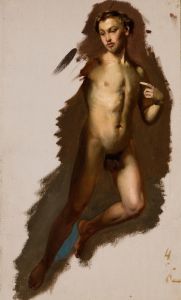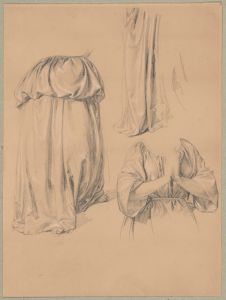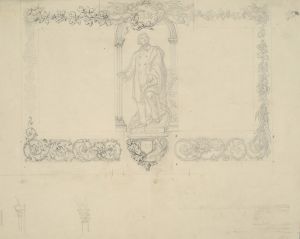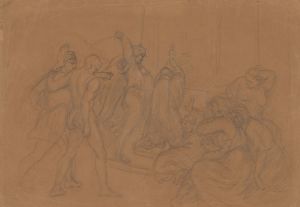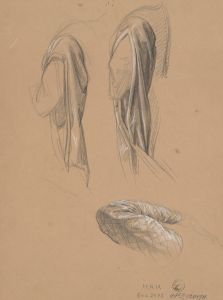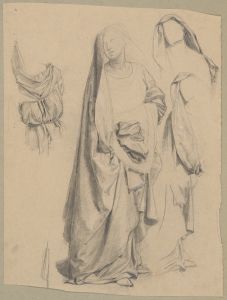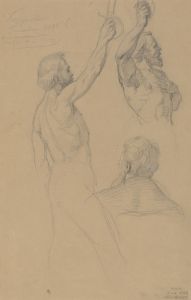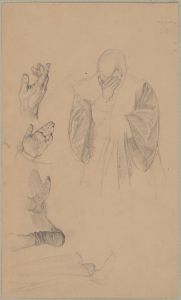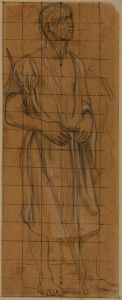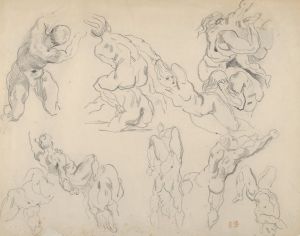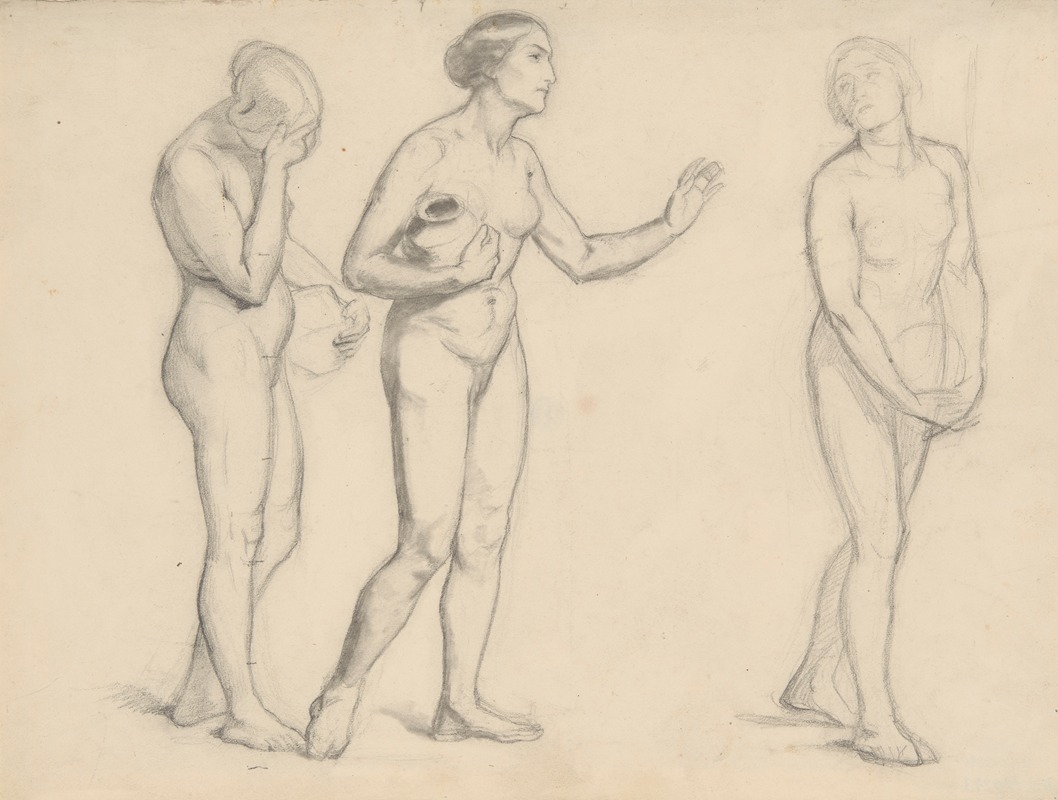
Study of female nudes to figures of three Marys for the painting ‘Three Marys’
A hand-painted replica of Józef Simmler’s masterpiece Study of female nudes to figures of three Marys for the painting ‘Three Marys’, meticulously crafted by professional artists to capture the true essence of the original. Each piece is created with museum-quality canvas and rare mineral pigments, carefully painted by experienced artists with delicate brushstrokes and rich, layered colors to perfectly recreate the texture of the original artwork. Unlike machine-printed reproductions, this hand-painted version brings the painting to life, infused with the artist’s emotions and skill in every stroke. Whether for personal collection or home decoration, it instantly elevates the artistic atmosphere of any space.
Józef Simmler, a prominent Polish painter of the 19th century, is well-known for his historical and religious compositions. One of his notable works is the painting titled "Three Marys," which depicts a poignant biblical scene. The preparatory work for this painting, "Study of Female Nudes to Figures of Three Marys," provides insight into Simmler's meticulous approach to capturing the human form and the emotional depth of his subjects.
Simmler was born in 1823 in Warsaw, Poland, and studied art in various European cities, including Dresden, Munich, and Paris. His education and exposure to different artistic styles and techniques significantly influenced his work. Simmler was particularly known for his attention to detail and his ability to convey emotion through his paintings.
The "Three Marys" refers to the biblical figures of Mary Magdalene, Mary of Clopas, and Mary, the mother of Jesus, who are often depicted together in scenes related to the crucifixion and resurrection of Jesus Christ. In Christian art, these figures are frequently portrayed as mourning or witnessing the events surrounding Jesus' death and resurrection. Simmler's painting captures this emotional and spiritual moment, focusing on the expressions and postures of the three women.
The "Study of Female Nudes to Figures of Three Marys" was an essential part of Simmler's creative process. By studying the female form in detail, Simmler aimed to achieve a realistic and expressive representation of the three Marys in his final composition. This study likely involved drawing and painting from live models, a common practice among artists seeking to understand anatomy and movement better.
Simmler's work is characterized by its classical style, with a strong emphasis on composition, light, and shadow. His studies of the human figure demonstrate his commitment to realism and his desire to evoke empathy and understanding in the viewer. The preparatory studies for "Three Marys" would have allowed Simmler to experiment with different poses and expressions, ensuring that the final painting conveyed the intended narrative and emotional impact.
Throughout his career, Simmler received recognition for his contributions to Polish art. His works were exhibited in various European art salons, and he became a respected figure in the art community. Despite the political turmoil in Poland during his lifetime, Simmler remained dedicated to his craft, producing works that reflected both his artistic skill and his cultural heritage.
Józef Simmler passed away in 1868, but his legacy continues through his paintings, which are held in high regard for their historical and artistic significance. The "Study of Female Nudes to Figures of Three Marys" remains an important example of his preparatory work, illustrating the depth of his artistic process and his commitment to capturing the human experience in his art.






